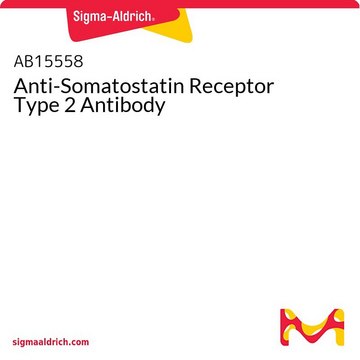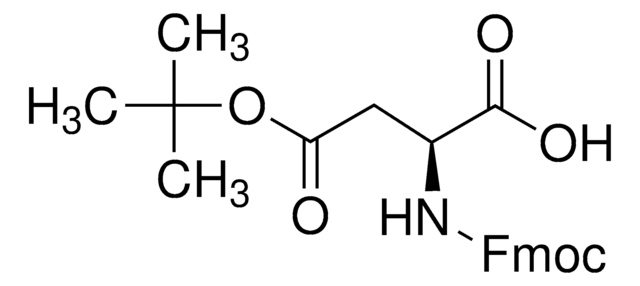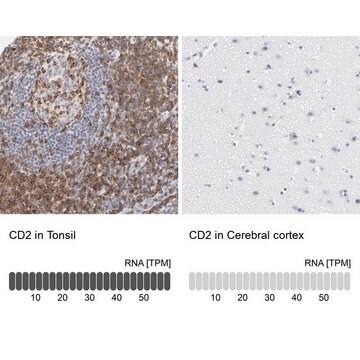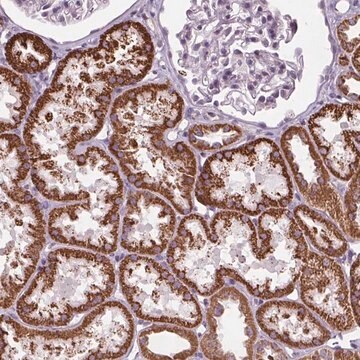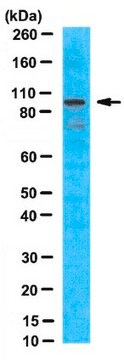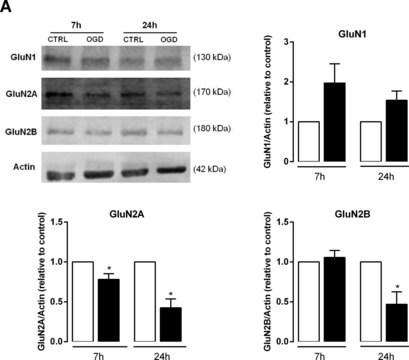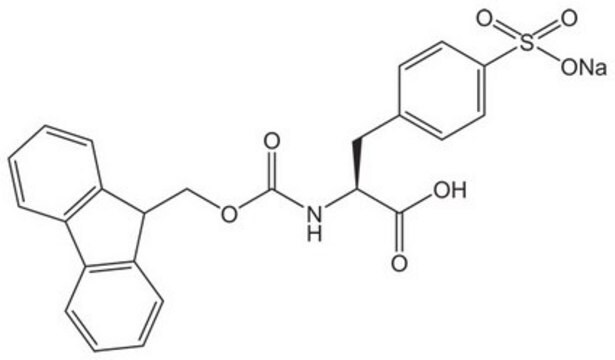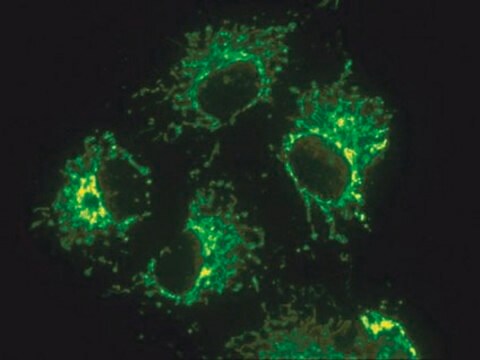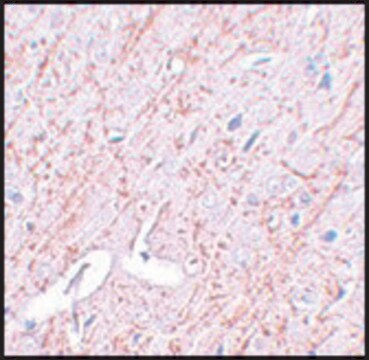ABE2611
Anti-Phospho-METTL3 (Ser 43)
Synonym(e):
N6-adenosine-methyltransferase catalytic subunit;EC:2.1.1.348;Methyltransferase-like protein 3;hMETTL3;N6-adenosine-methyltransferase 70 kDa subunit;MT-A70
About This Item
Empfohlene Produkte
Biologische Quelle
rabbit
Qualitätsniveau
Konjugat
unconjugated
Antikörperform
purified antibody
Antikörper-Produkttyp
primary antibodies
Klon
polyclonal
Mol-Gew.
calculated mol wt 64.47 kDa
observed mol wt ~70 kDa
Speziesreaktivität
human
Speziesreaktivität (Voraussage durch Homologie)
monkey, mouse, feline, rat, canine, porcine, bovine
Verpackung
antibody small pack of 100 μg
Methode(n)
western blot: suitable
Isotyp
IgG
Epitopsequenz
N-terminal
Protein-ID-Hinterlegungsnummer
UniProt-Hinterlegungsnummer
Versandbedingung
dry ice
Posttranslationale Modifikation Target
phosphorylation (pSer43)
Angaben zum Gen
human ... METTL3(56339)
Allgemeine Beschreibung
Spezifität
Immunogen
Anwendung
Evaluated by Western Blotting in lysates from HEK293T cells co-transfected with HER2 and Myc-tagged METTL3.
A 1:1,000 dilution of this antibody detected METTL3 phosphorylated on serine 43 in lysates from HEK293T cells co-transfected with HER2 and Myc-tagged METTL3, but not in lysates from cells transfected only with Myc-tagged METTL3.
Tested Applications
Western Blotting Analysis: A representative lot detected phospho-METTL3 (Ser43) in Western Blotting applications (Lung Sun, Hui., et. al. (2020). Mol Cell. 80(4): 633-647).
Western Blotting Analysis: A 1:1,000 dilution from a representative lot detected Phospho-METTL3 (Ser 43) in HEK293T cells co-transfected HER2 and Myc-tagged METTL3 (Data courtesy of Dr Chuan He & Dr Hui-Lung Sun at the University of Chicago).
Note: Actual optimal working dilutions must be determined by end user as specimens, and experimental conditions may vary with the end user
Physikalische Form
Lagerung und Haltbarkeit
Sonstige Hinweise
Haftungsausschluss
Sie haben nicht das passende Produkt gefunden?
Probieren Sie unser Produkt-Auswahlhilfe. aus.
Lagerklassenschlüssel
12 - Non Combustible Liquids
WGK
WGK 2
Flammpunkt (°F)
Not applicable
Flammpunkt (°C)
Not applicable
Analysenzertifikate (COA)
Suchen Sie nach Analysenzertifikate (COA), indem Sie die Lot-/Chargennummer des Produkts eingeben. Lot- und Chargennummern sind auf dem Produktetikett hinter den Wörtern ‘Lot’ oder ‘Batch’ (Lot oder Charge) zu finden.
Besitzen Sie dieses Produkt bereits?
In der Dokumentenbibliothek finden Sie die Dokumentation zu den Produkten, die Sie kürzlich erworben haben.
Unser Team von Wissenschaftlern verfügt über Erfahrung in allen Forschungsbereichen einschließlich Life Science, Materialwissenschaften, chemischer Synthese, Chromatographie, Analytik und vielen mehr..
Setzen Sie sich mit dem technischen Dienst in Verbindung.
